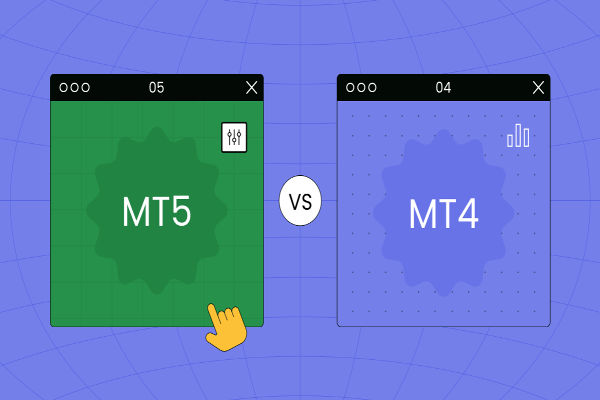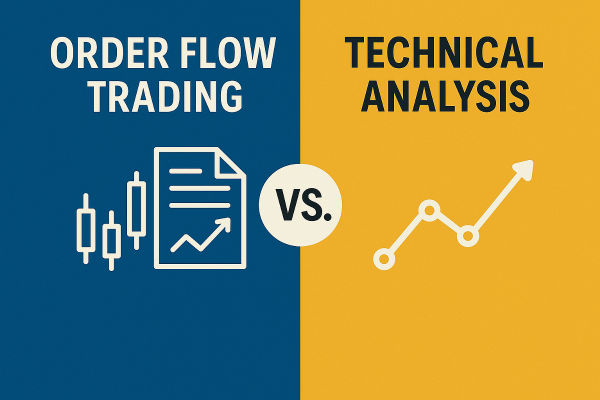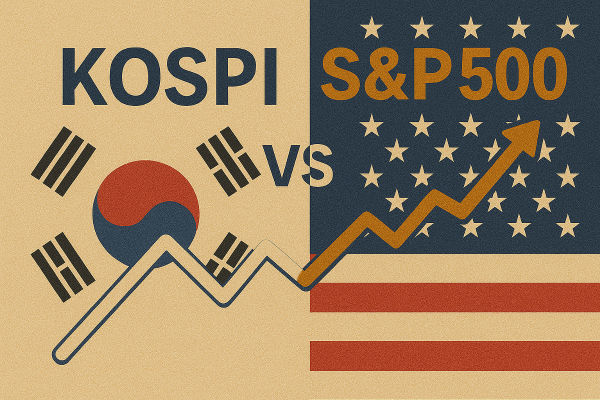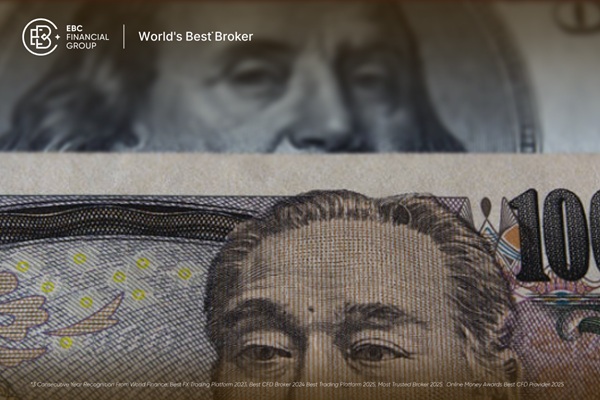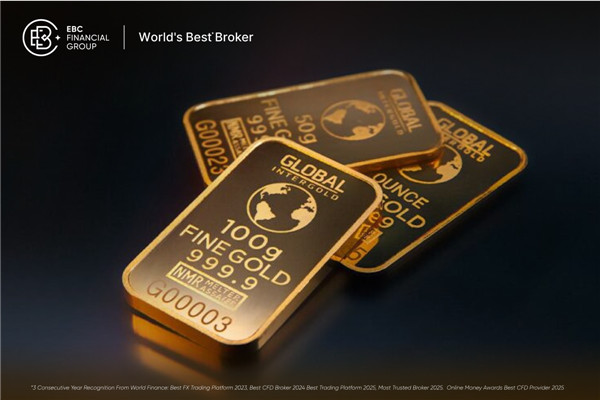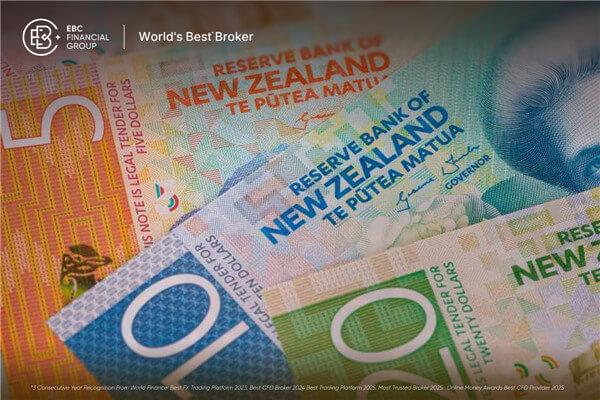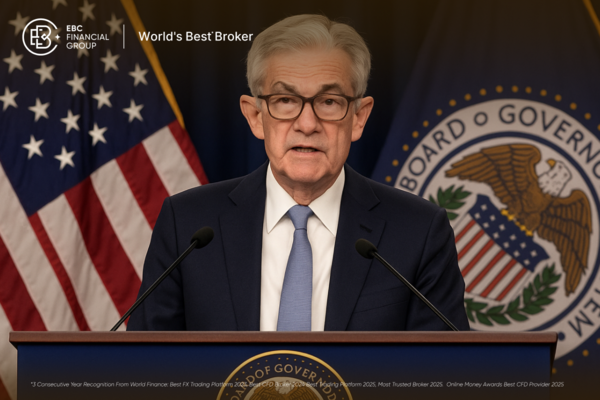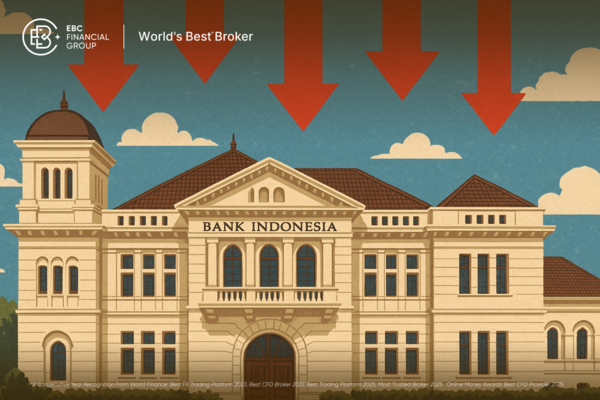The standard hand in forex trading is a unit used to measure Currency Trading volume, usually equal to 100000 units of base currency. For example, in an EUR/USD currency pair, trading 1 standard hand means buying or selling 100000 euros. The emergence of this concept is mainly for the convenience of traders in comparing and calculating between different currency pairs, and also because the trading volume in the forex market is large, and the number of single trade is usually large. In addition to the standard hand, there are also units such as mini hands and micro hands, which are equal to one tenth and one percent of the standard hand, respectively, which can better meet the needs of small investors.
A mini hand is a unit of currency trading volume, usually equal to 10000 base currency units.
For example, in a currency pair between the euro and the US dollar, a one hand mini trade equals a buy or sell of 10000 euros.
In contrast, the standard hand is the most common trading unit in the forex market, typically equivalent to 100000 base currency units. Using mini hand trading allows investors to enter the market with a smaller trading volume, thereby better controlling risks and providing more practical opportunities for beginners.
It should be noted that despite the small scale of mini hand trading, it still involves the same base currency and quotation currency as standard hand trading, thus having a similar level of risk and return as standard hand trading.
In the forex trading market, the trading units for forex trading are called standard hands (Lots). 1 standard lot=100000 units. Additionally, there is one mini hand (MiniLot=10000 units; 1 Micro Lot=1000 units; 1 Nano Lot=100 units.
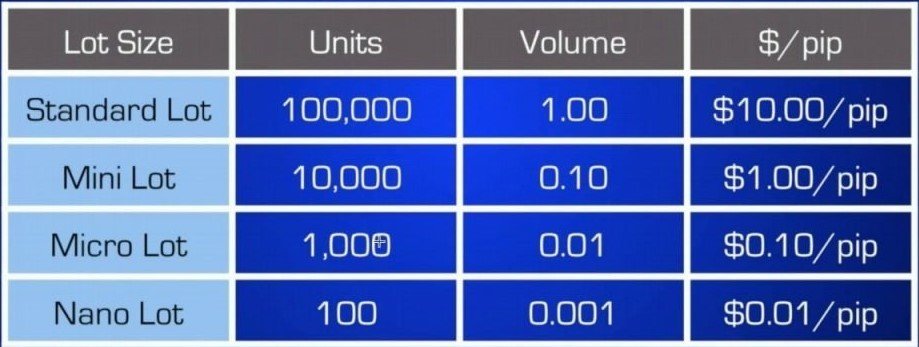
When the US dollar (USD) is used as the base currency in a currency pair
Example 1: If we trade a standard hand USD/CHF at an exchange rate of 1.2020, then the one basis point value of the USD/CHF currency pair= (0001 ÷ 1.2020) × 100000=$8.19;
Example 2: Assuming we trade a standard hand USD/JPY at an exchange rate of 123.15, then the one basis point value of the USD/JPY currency pair is (01 ÷ 123.15) × 100000=$8.12.
When the US dollar is used as the relative currency in a currency pair:
For example: AUD/USD; GBP/USD; 1 basis point value of EUR/USD, etc.=0.0001 × 100000=$10.
It is worth noting that when the US dollar is used as the base currency in a currency pair, the base point value of the currency pair will vary with the fluctuation of the exchange rate. However, when the US dollar is used as the relative currency in a currency pair, regardless of whether the exchange rate of the currency pair changes, the base point value of a standard hand currency pair is $10.
Choosing standard hand or mini hand trading should be determined based on factors such as one's trading strategy, financial strength, and risk tolerance.
【 EBC Platform Risk Reminder and Disclaimer 】: There are risks in the market, and investment needs to be cautious. This article does not constitute investment advice.






